和很多欧洲城市一样, 里斯本也有很多小巷,但是里斯本的独特之处是它的建筑外墙上的独特的上光彩绘瓷砖。走在这个城市的大街小巷,时不时就会看到用各种图案的彩绘瓷砖装饰的窗口,墙面,整栋大楼, 地铁,教堂。这些多姿多彩,闪闪发光的瓷砖正是里斯本独特的原因。
Like many European cities, Lisbon neighborhoods have many small alleys, but what makes Lisbon unique is the glazed painted tiles on the facades of its buildings. Walking through the streets and alleys of this city, from time to time you will see windows, walls, entire buildings, subways, churches decorated with painted tiles in unlimited patterns. These colorful, sparkling tiles are exactly what makes Lisbon unique.
这些瓷砖在葡萄牙被称为“azulejo”, 阿拉伯语单词“azzelij”, 意思是“抛光的石头”。在网上看到“上釉的瓷砖”是于 1498 年进入了葡萄牙人的生活,当时曼努埃尔国王访问了西班牙的塞维利亚,很喜欢城市里的闪亮的瓷砖,于是他决定将它们带回葡萄牙,并用它来装饰他的城堡辛特拉宫。
These tiles are called “azulejo” in Portugal, the Arabic word “azzelij”, which means “polished stones.” The Glazed Tiles of Portugal came about in 1498, when King Manuel visited Sevilla, Spain, and liked the shiny tiles so much he decided to bring them back to Portugal. He then decorated his castle, Sintra Palace with tiles.
虽然使用瓷砖装饰里斯本并不是独一无二的,但是葡萄牙仍是世界瓷砖之都,因为这里的外墙和建筑物使用瓷砖的历史已有 500 多年,它经受住了时间的考验,直到今天成为里斯本的独特气质之一。
Although the use of tiles in Lisbon is not unique, Portugal is still the tile capital of the world, as the facades and buildings here have been covered with tiles for over 500 years and it has withstood the test of time as a unique feature of Lisbon.
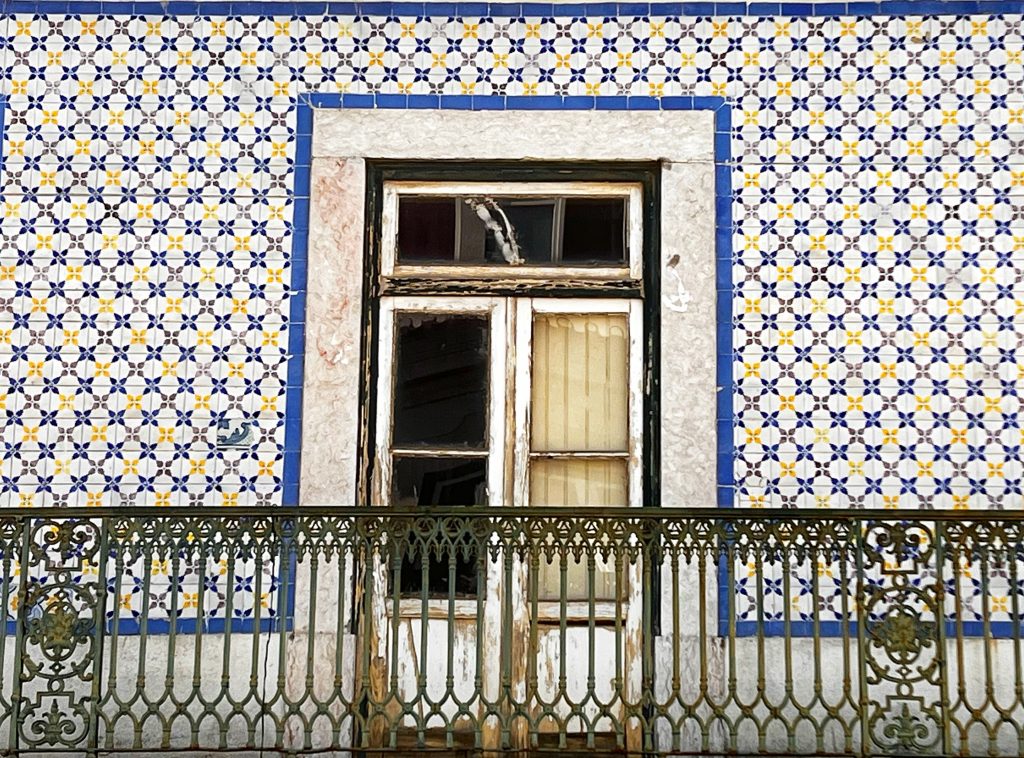
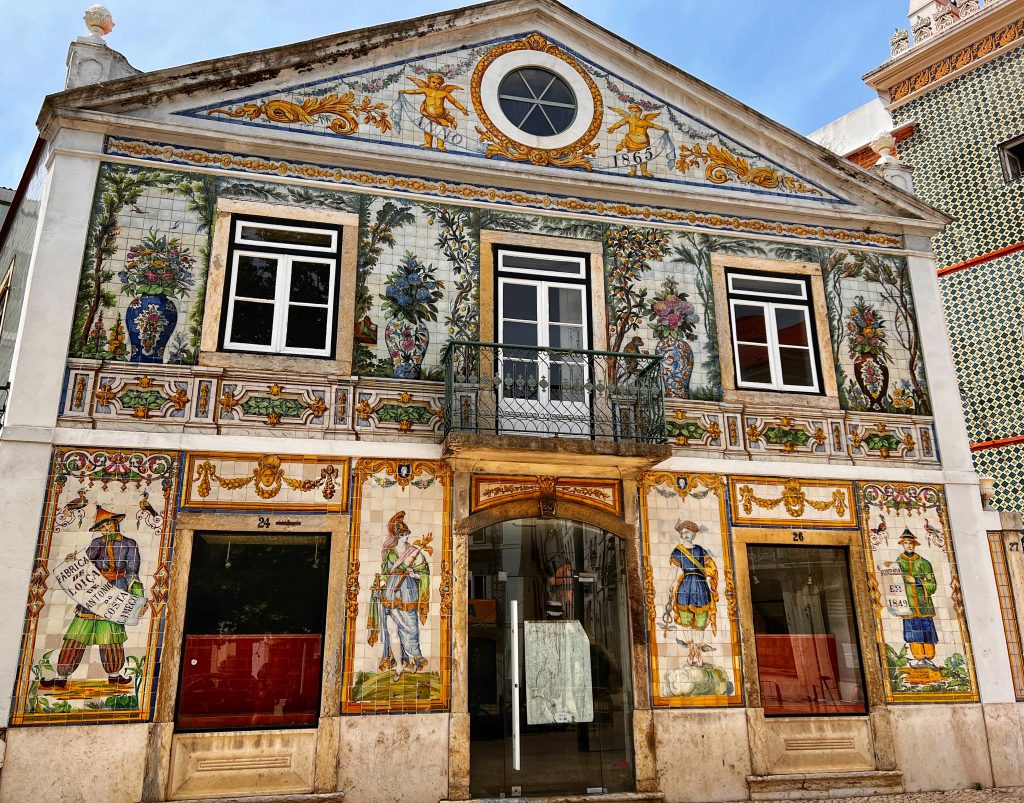
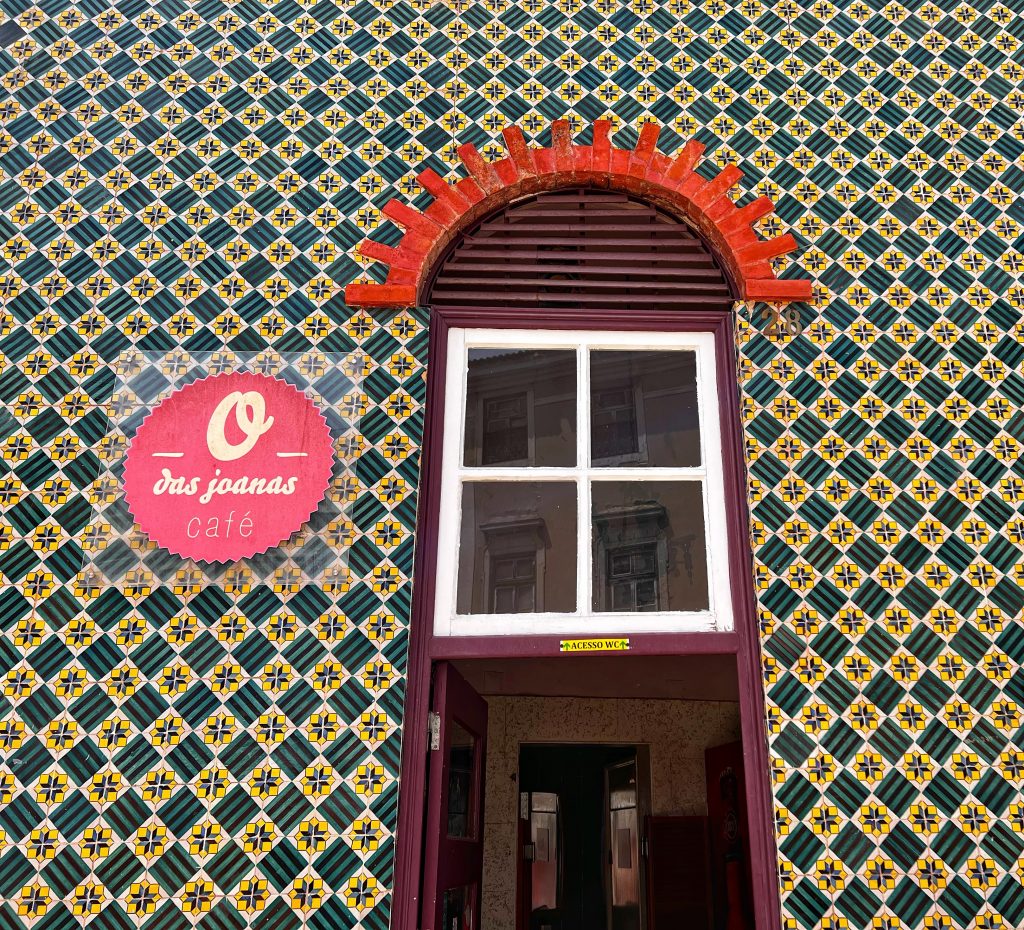

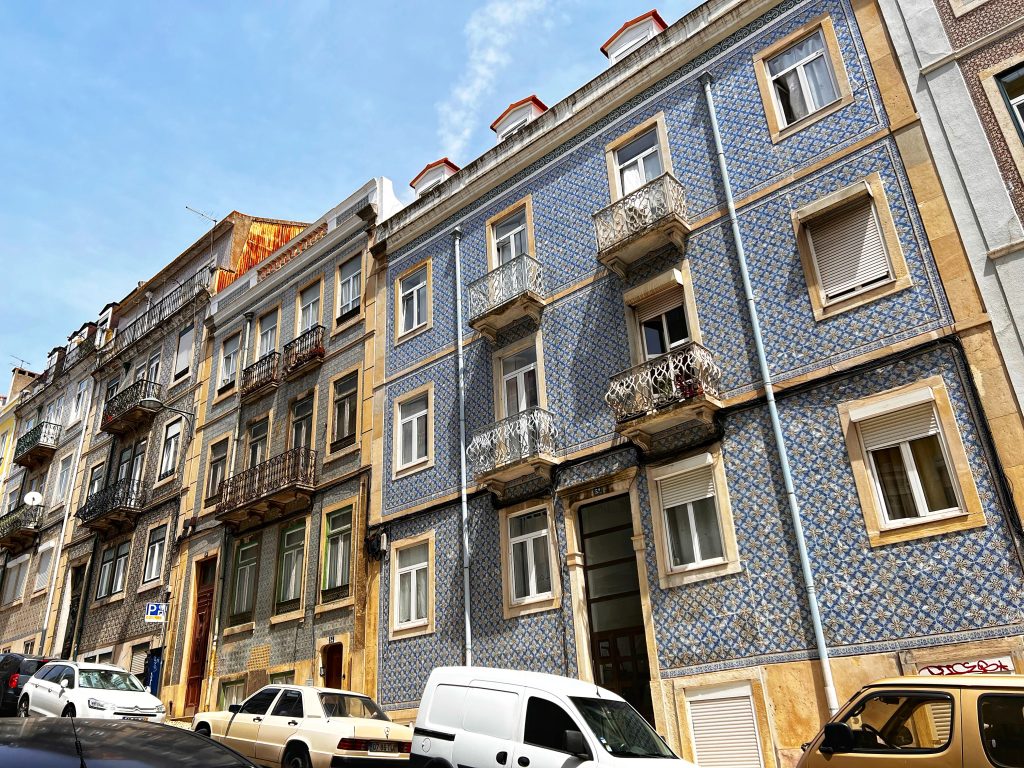
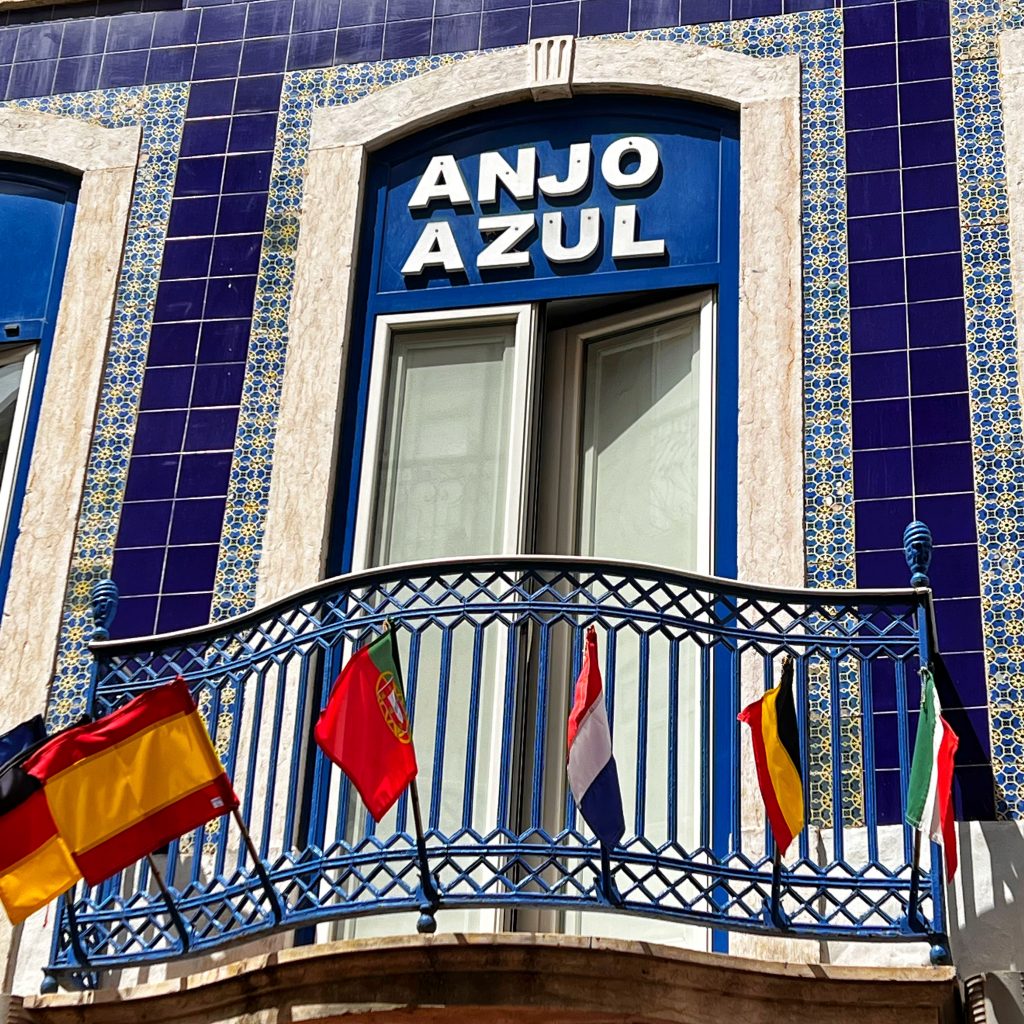

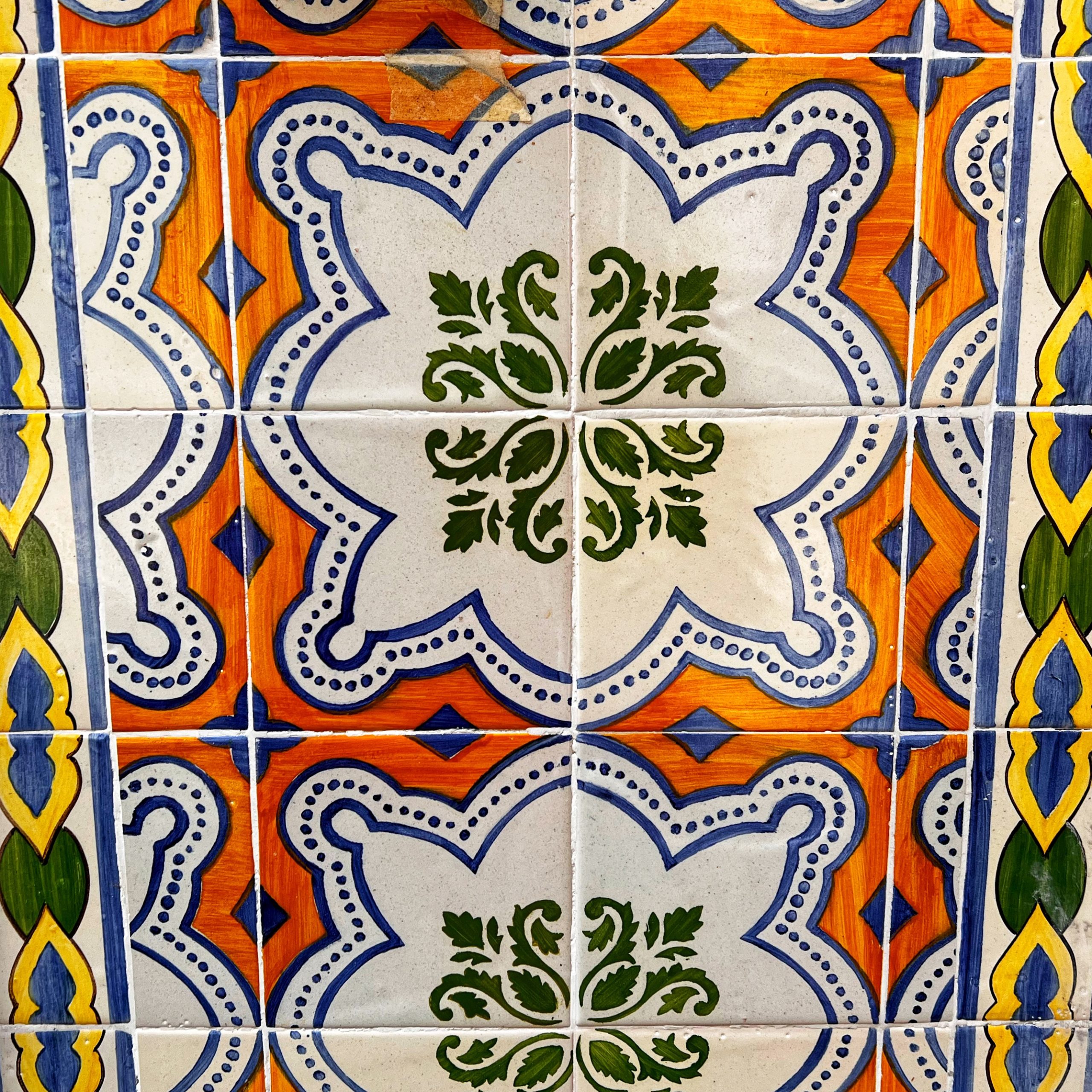
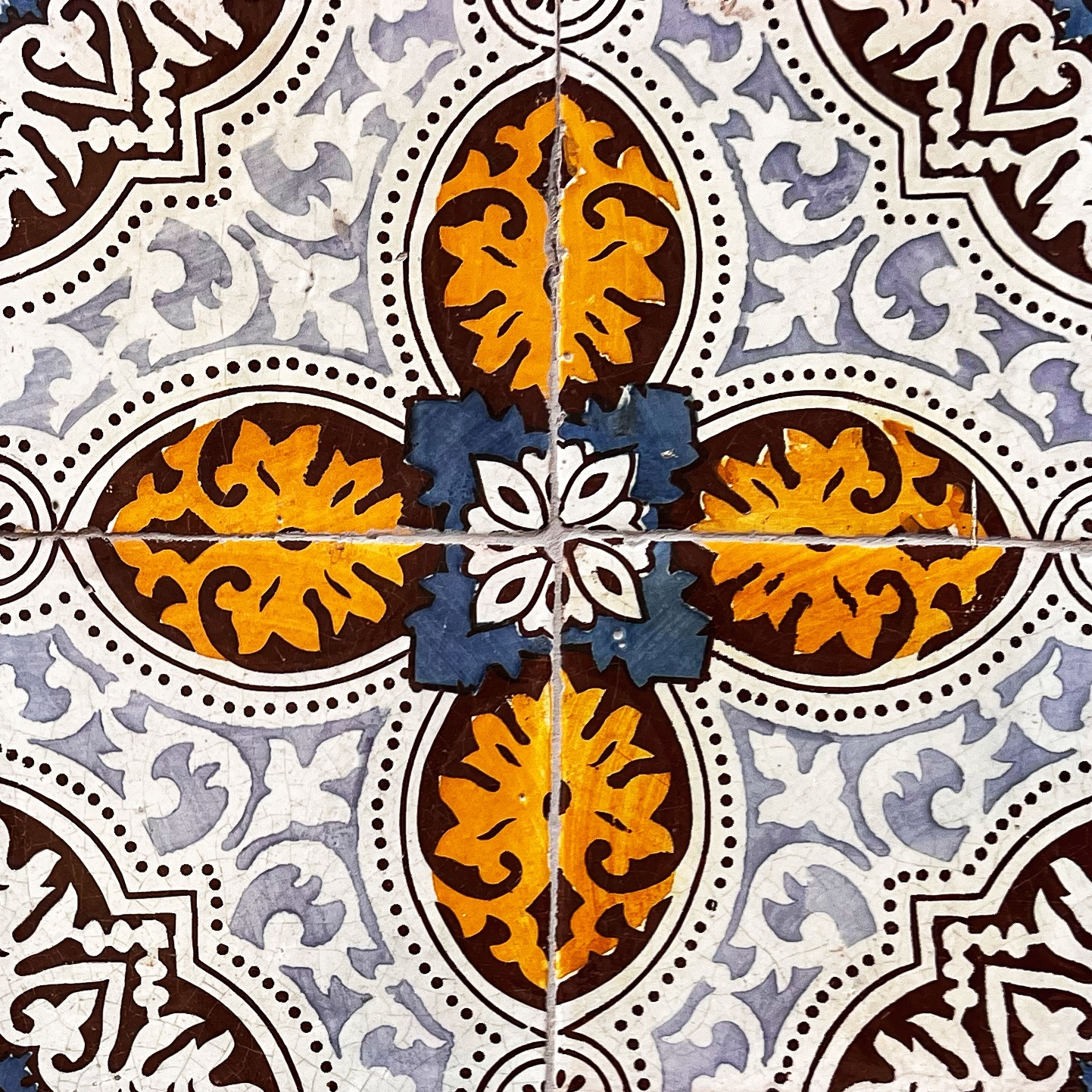
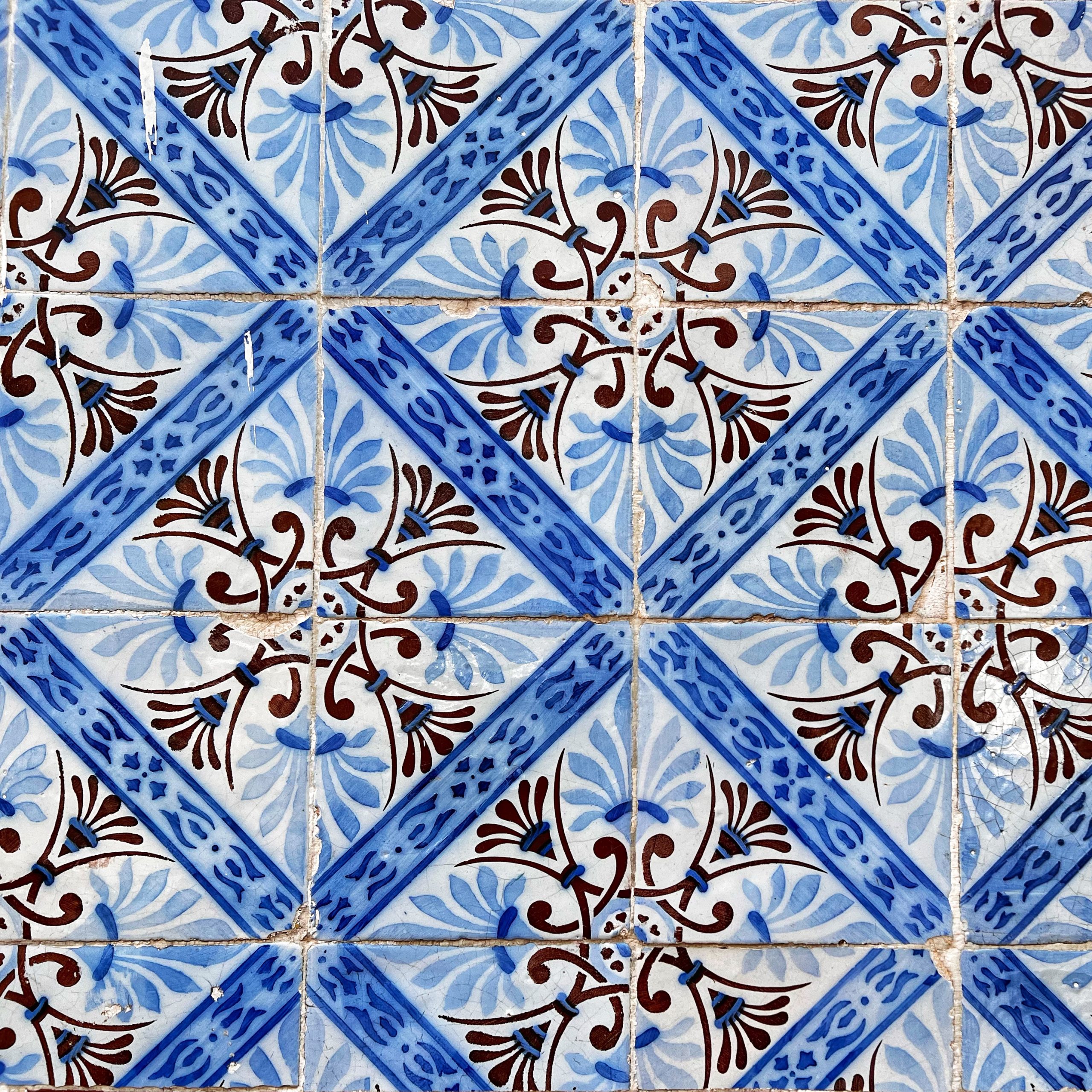
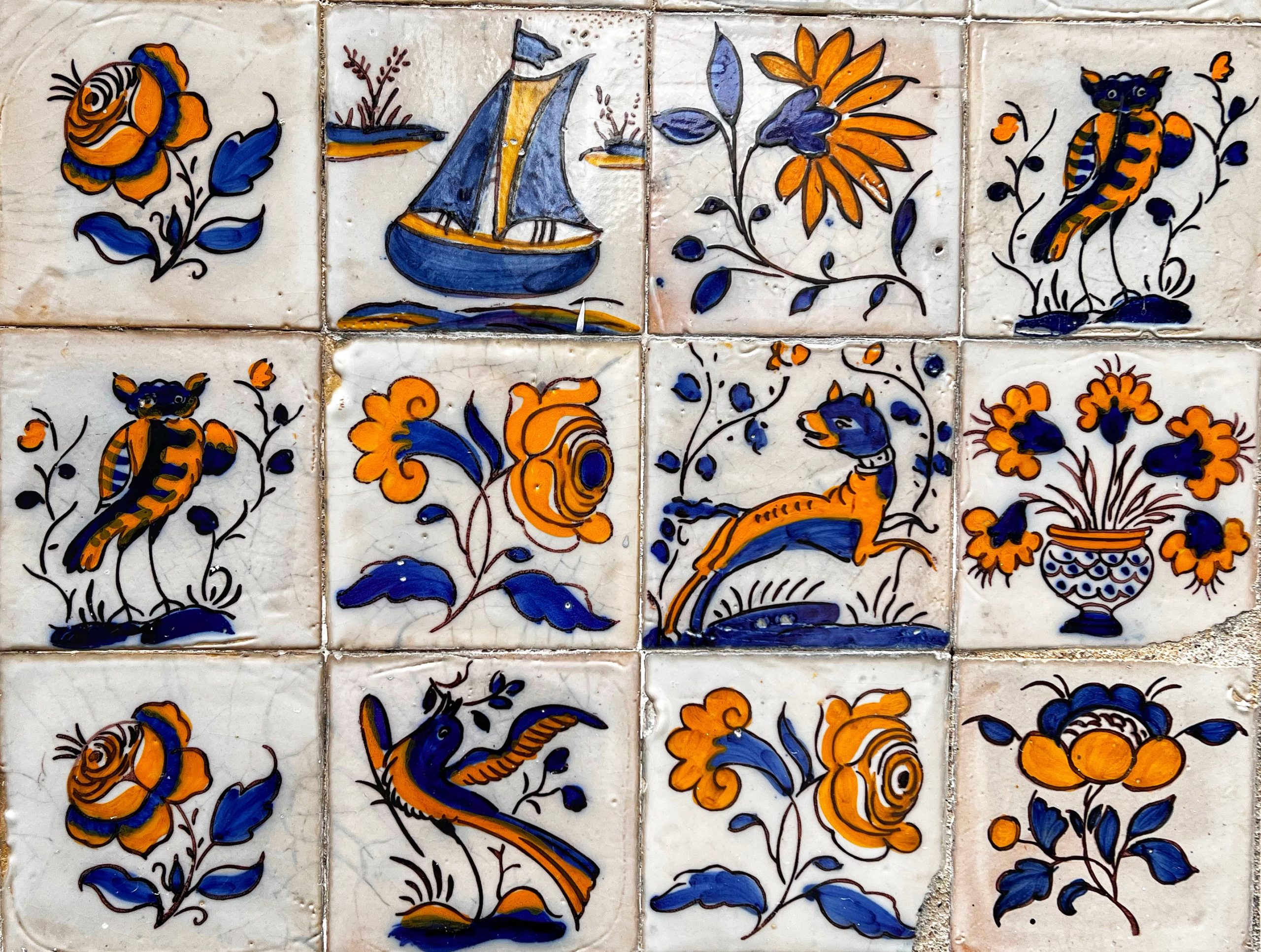
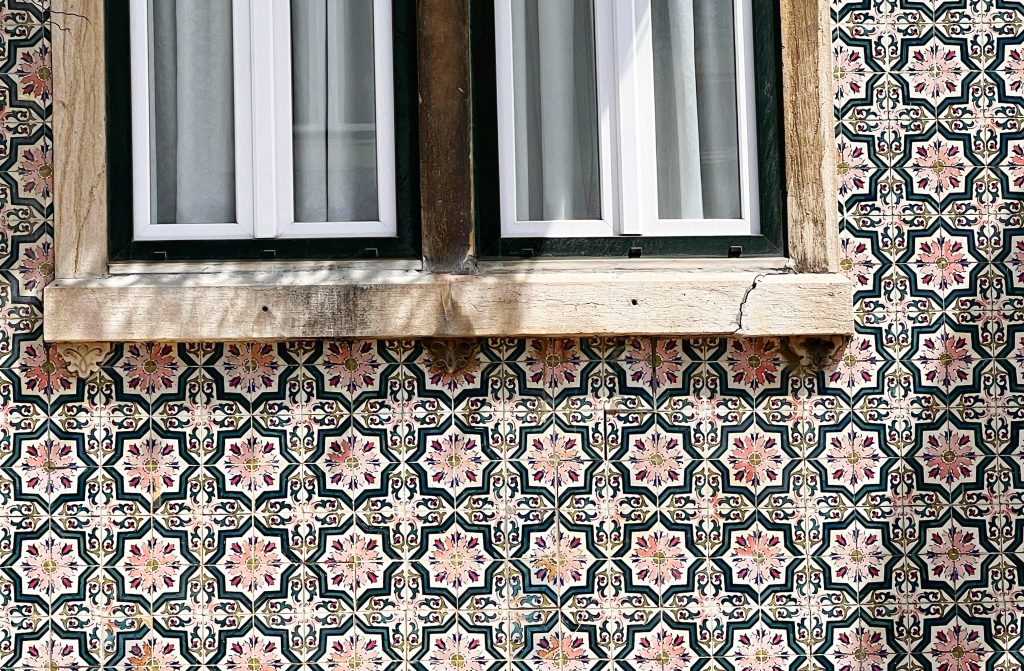
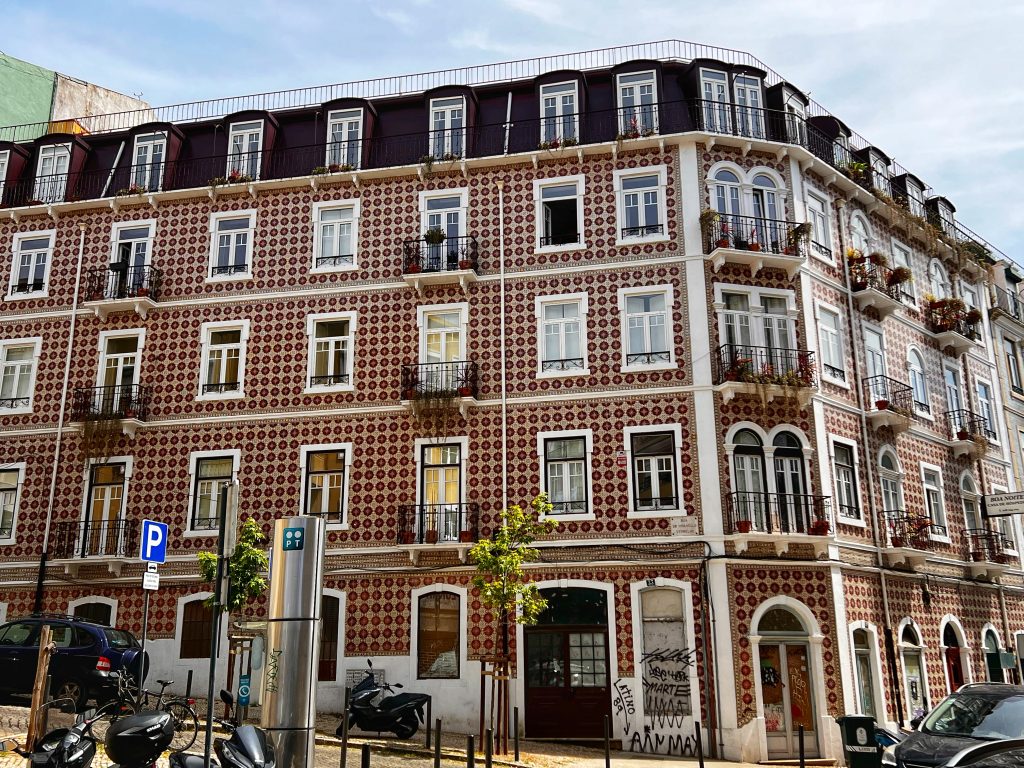
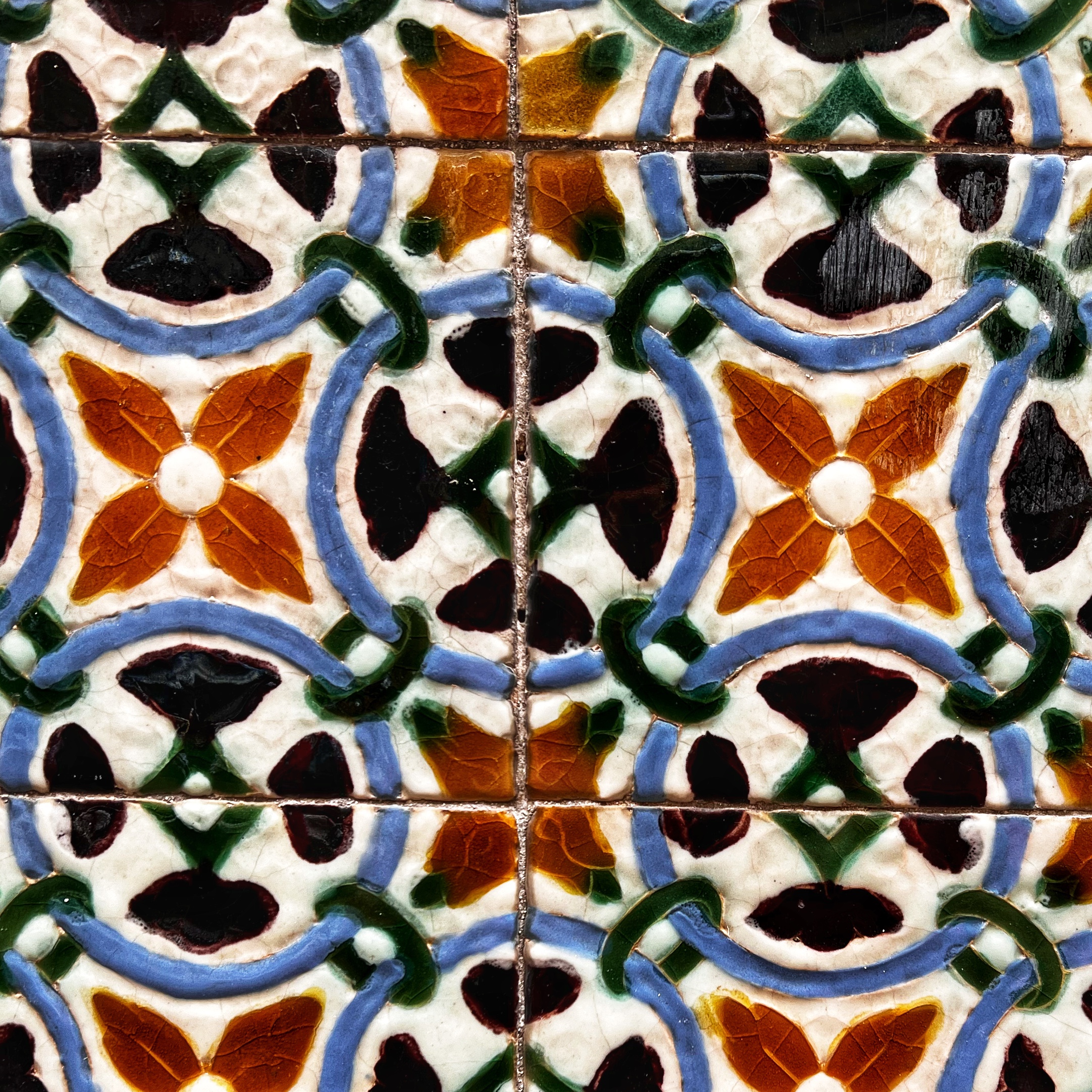

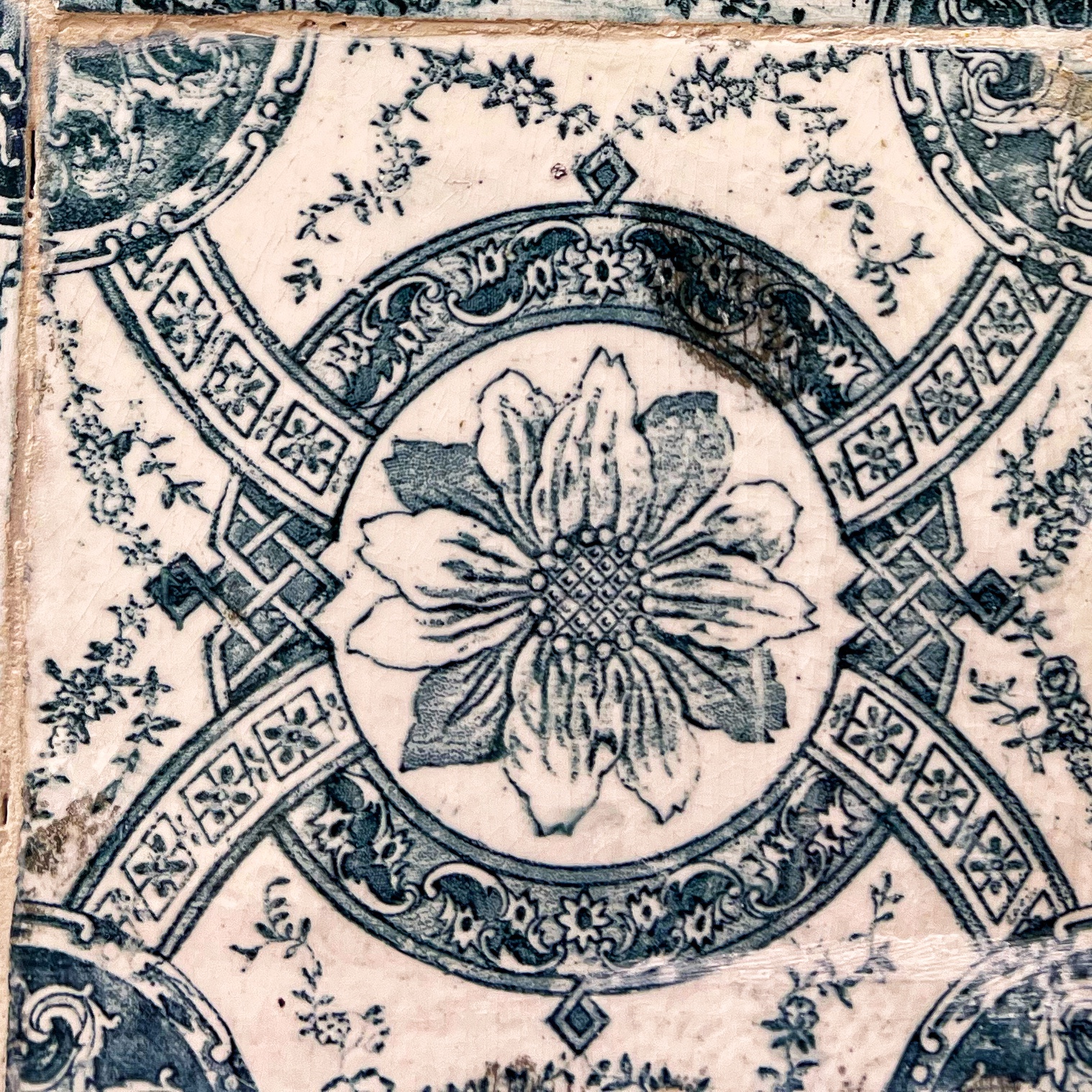
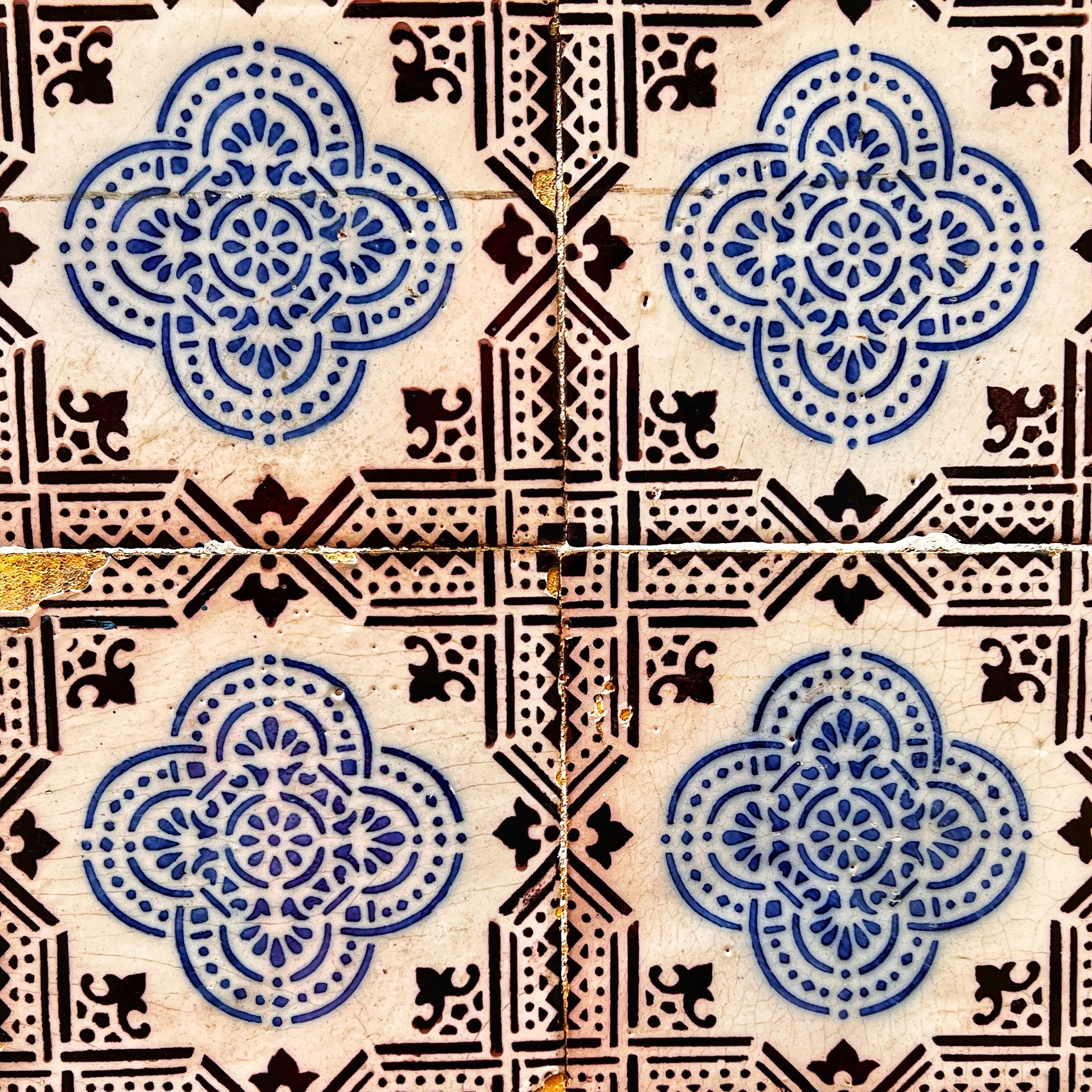
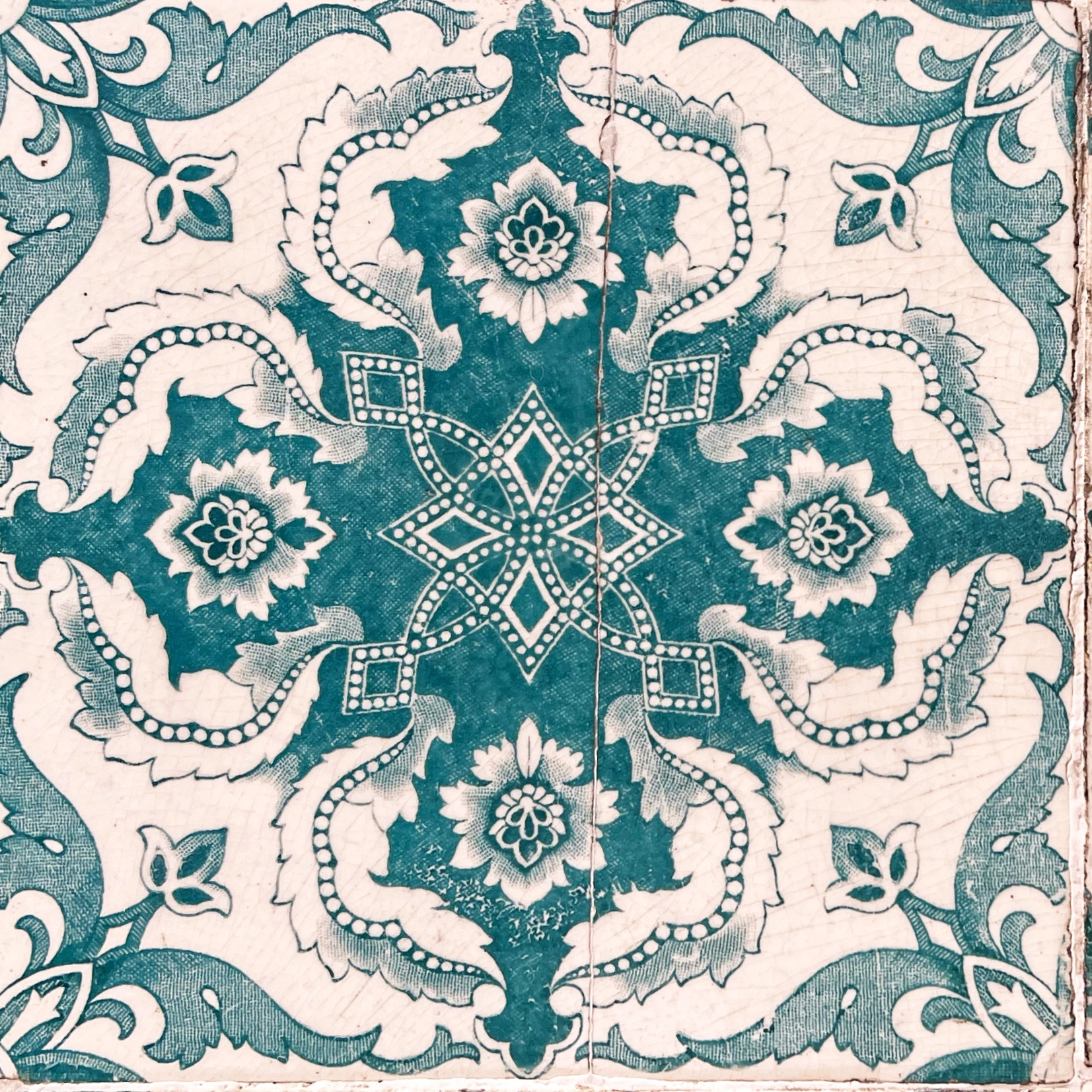
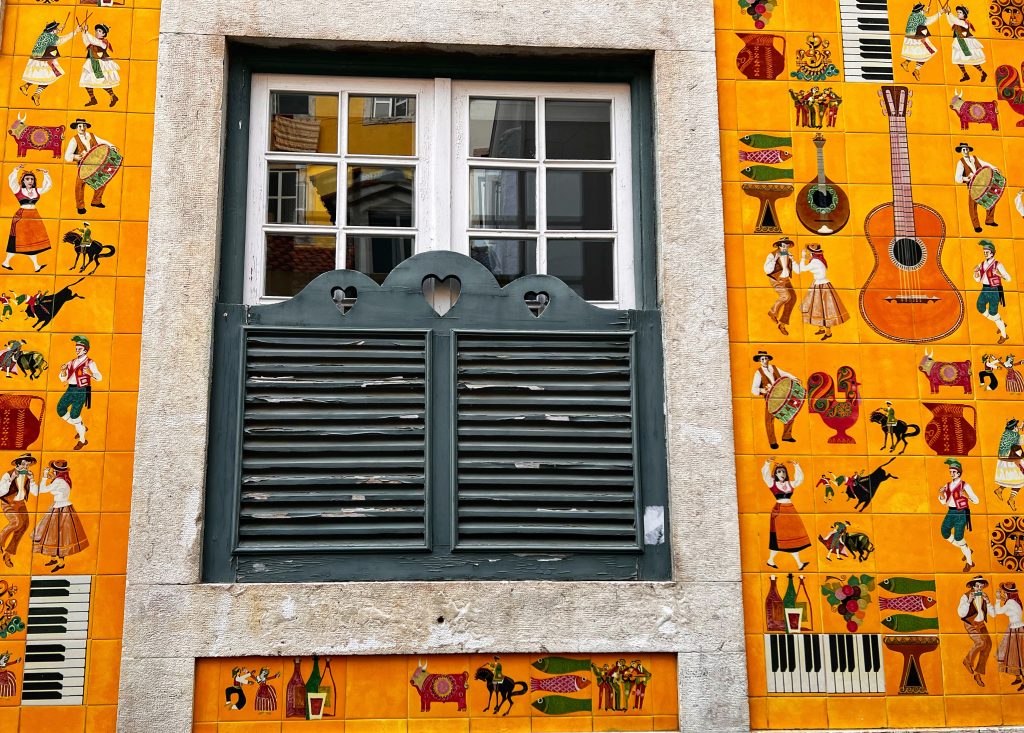

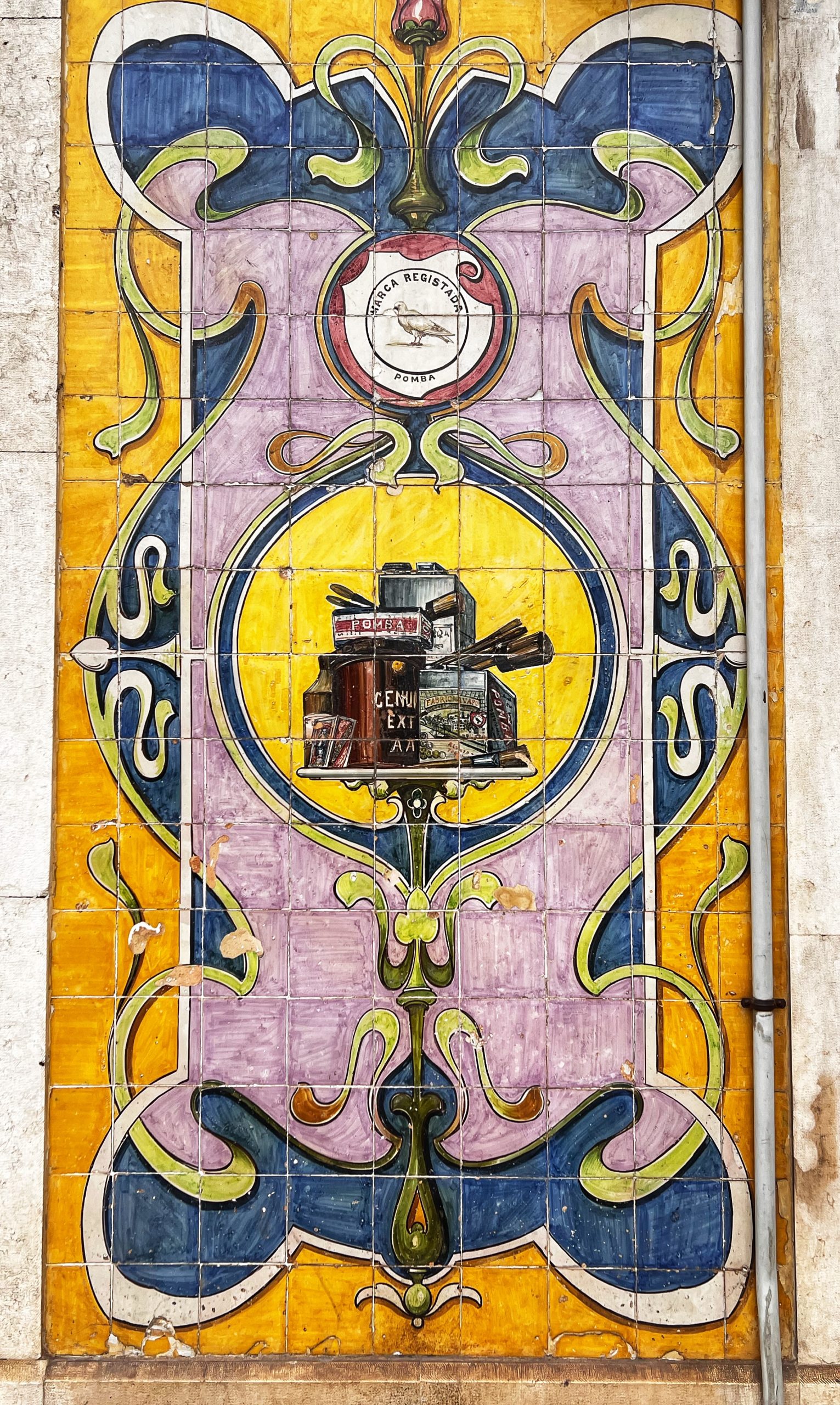
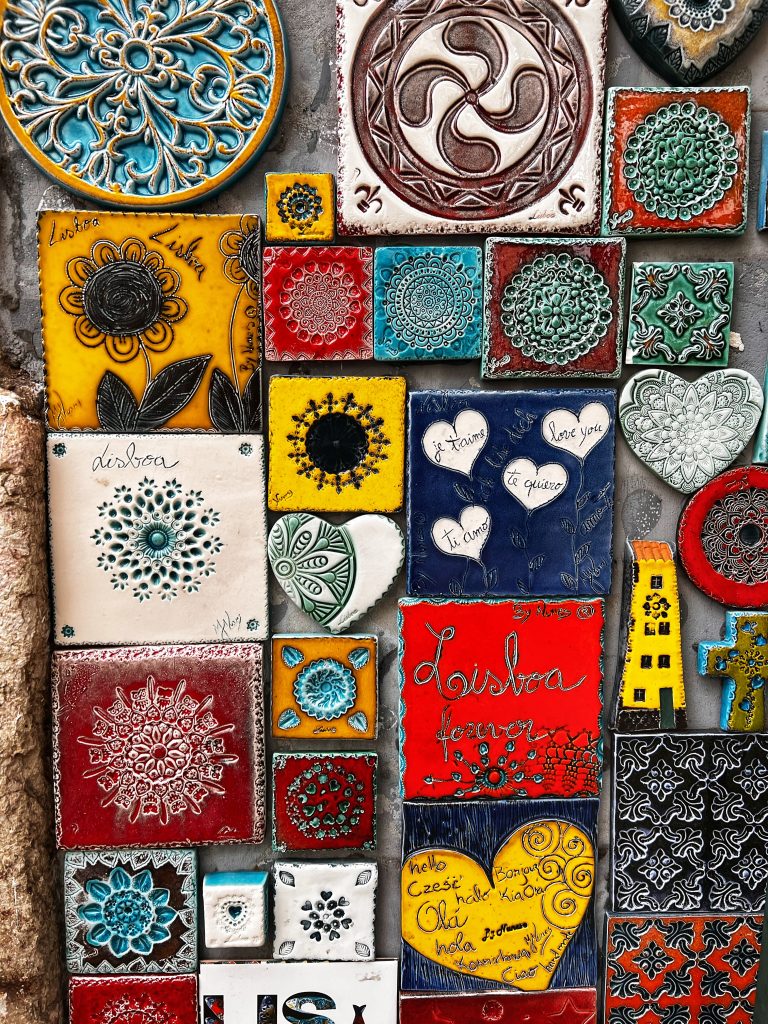
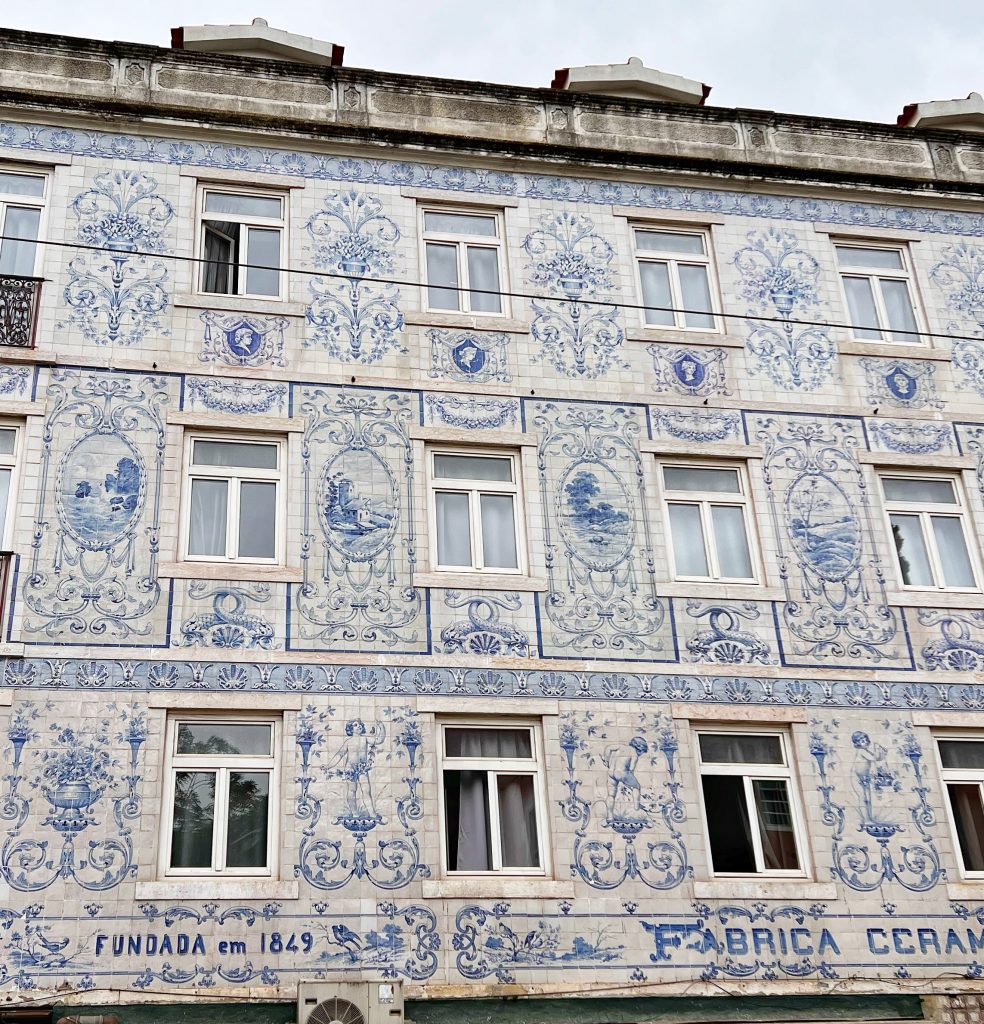
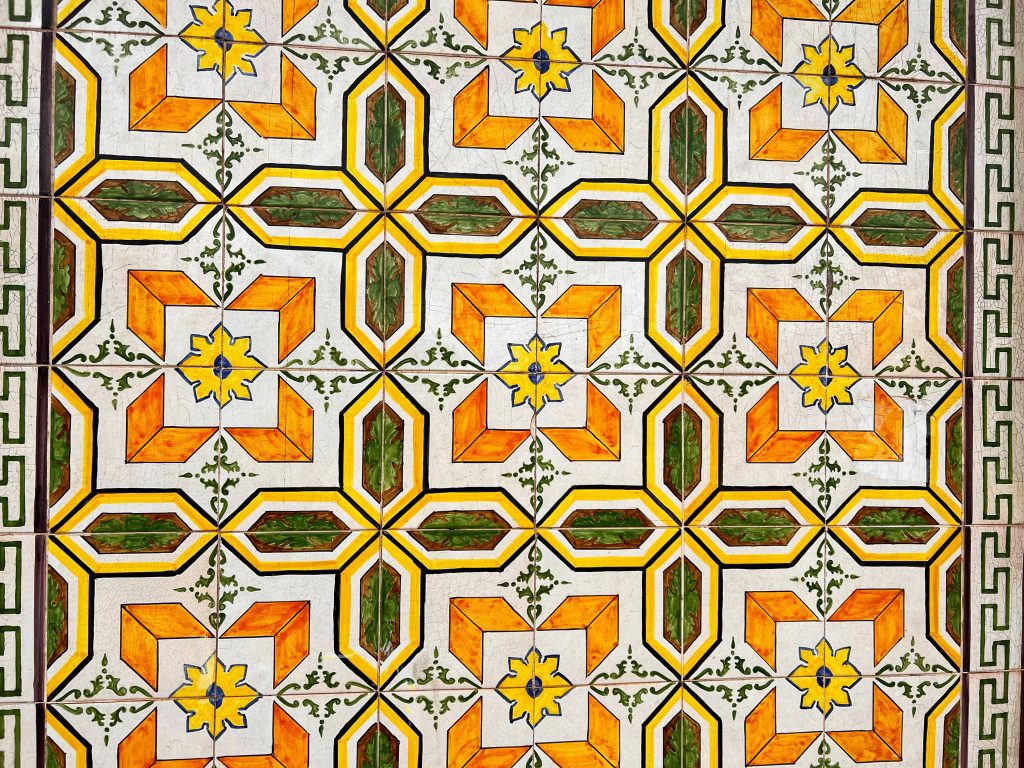
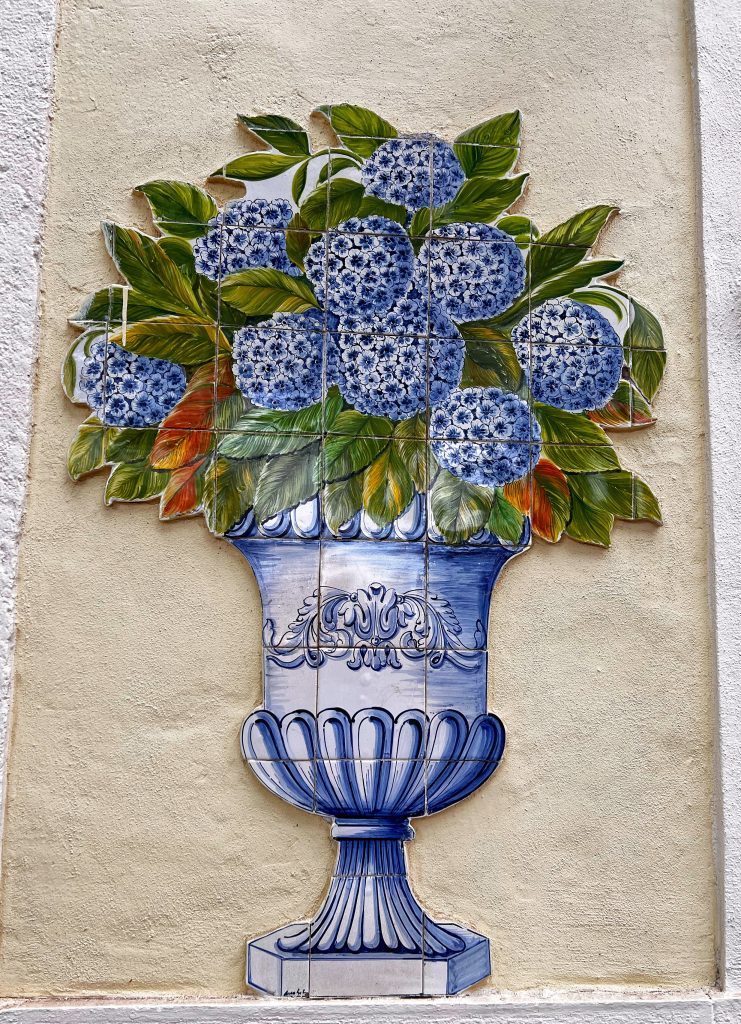
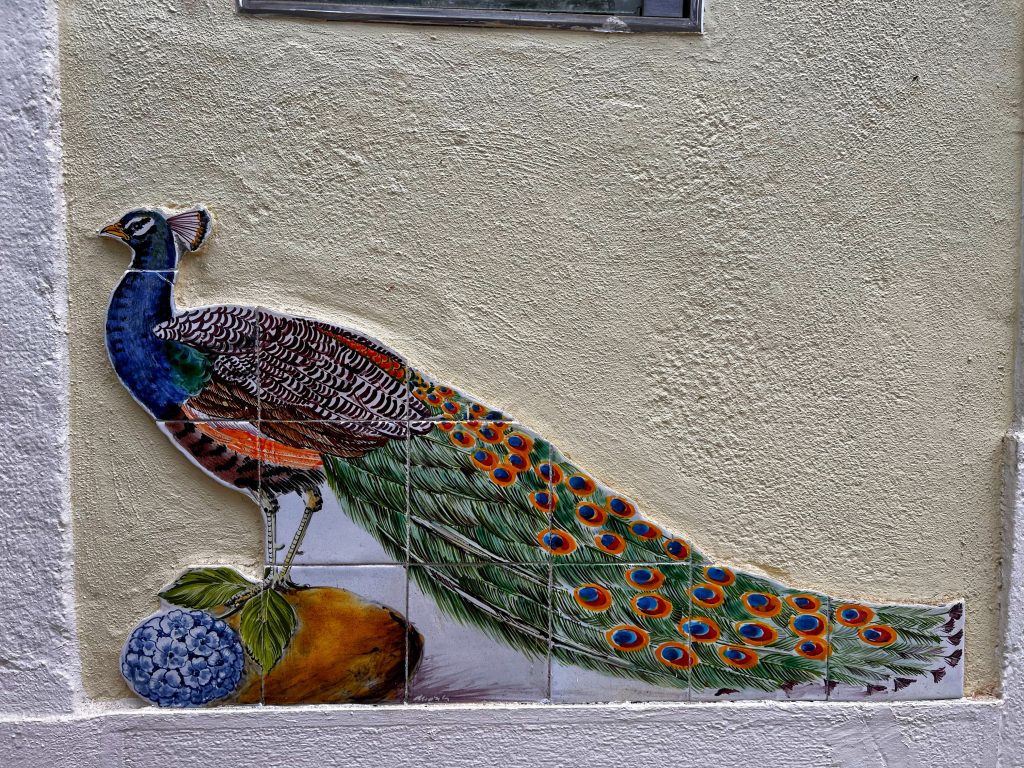
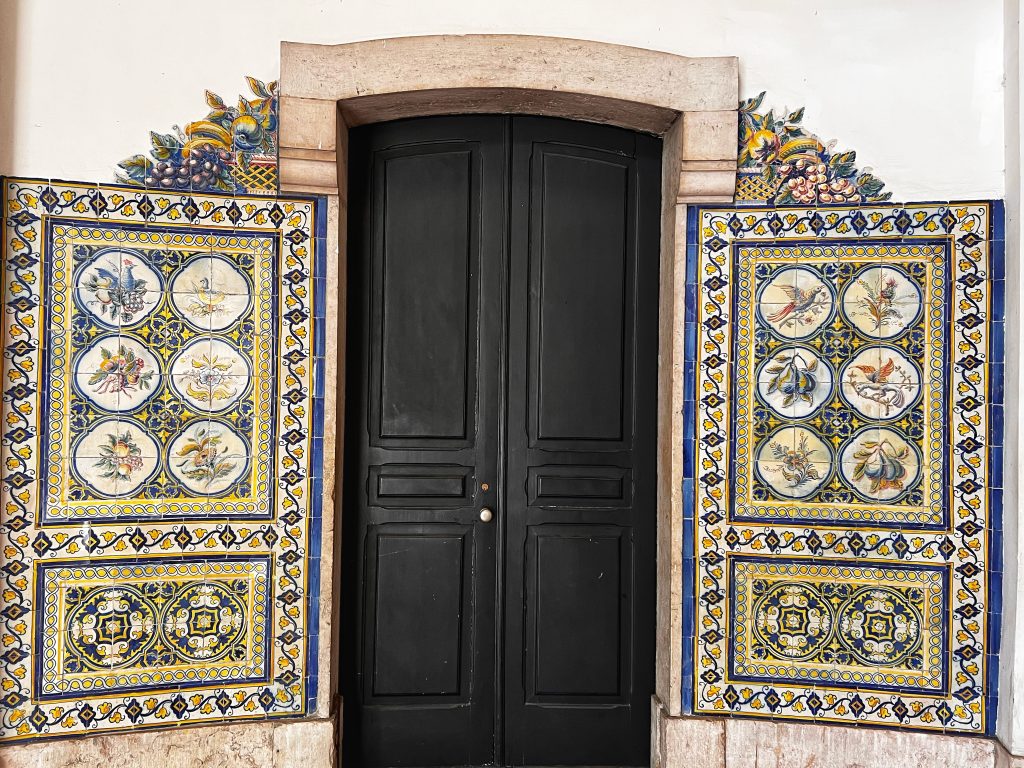
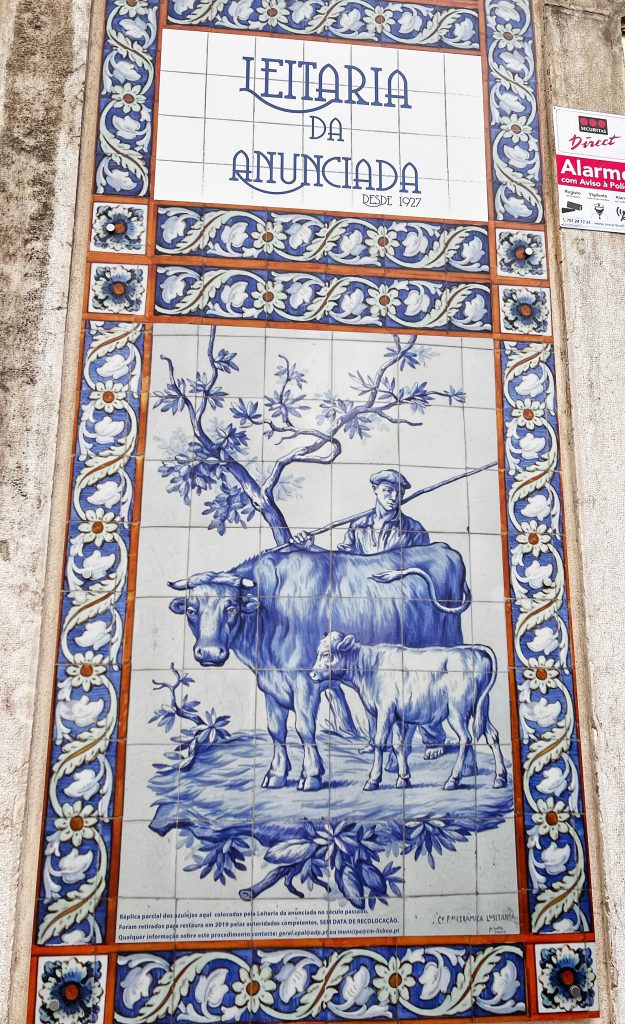
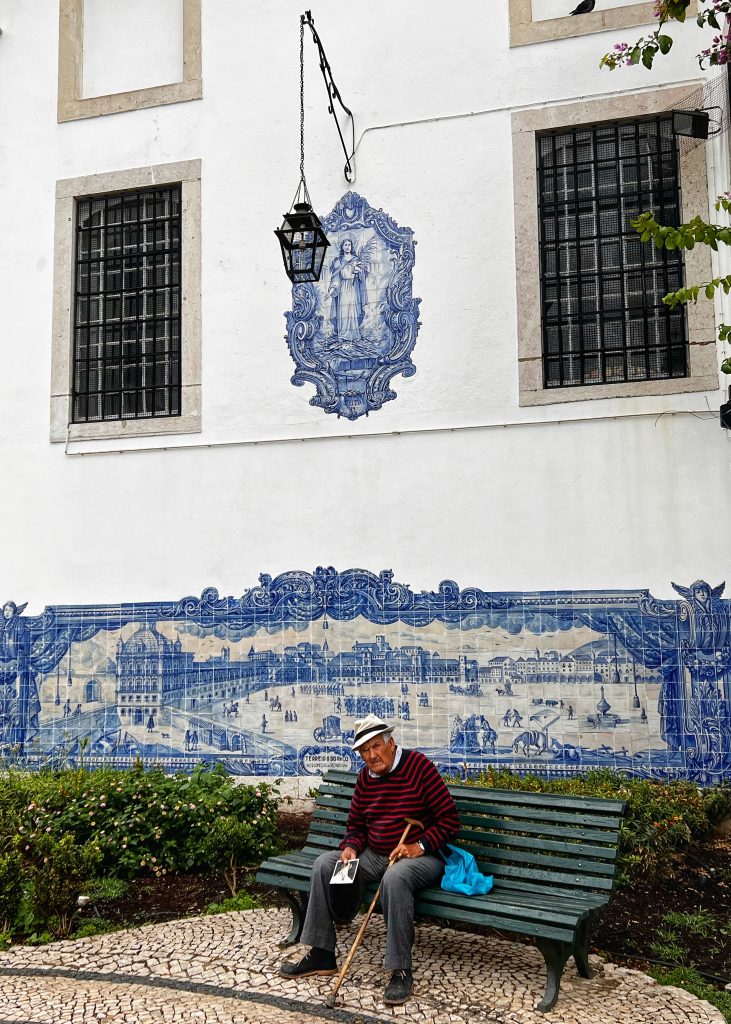
里斯本的地面也很特别,很多用碎石拼砌的图案
The ground of Lisbon is also very special, with many patterns made in the gravel pavement.
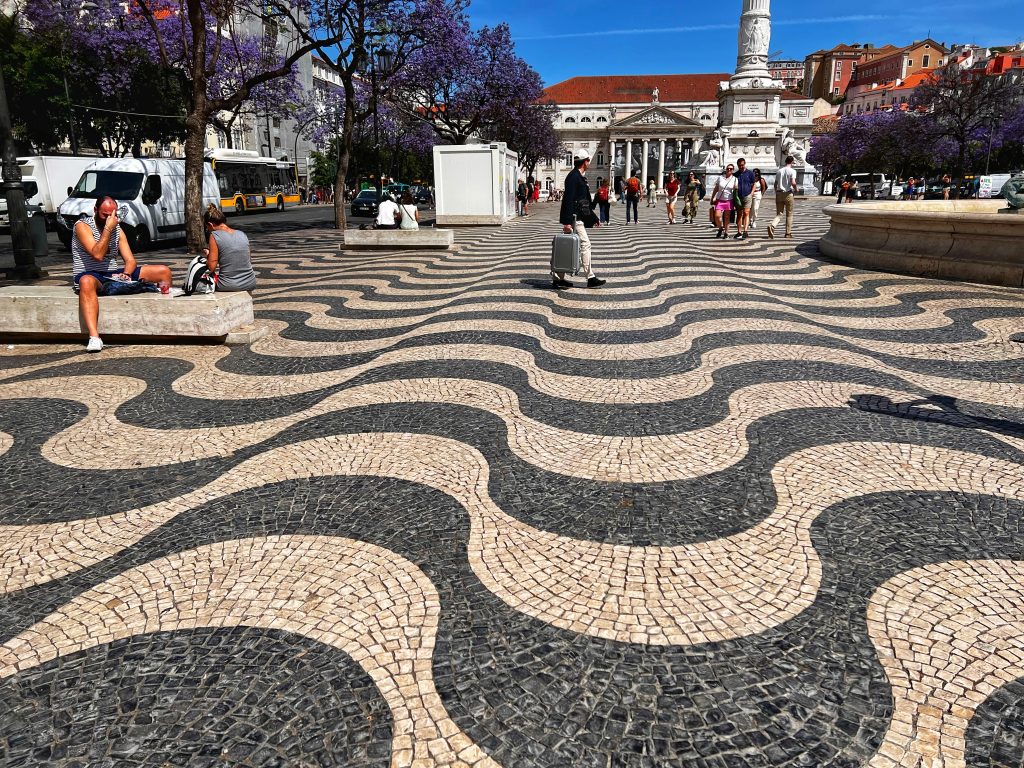

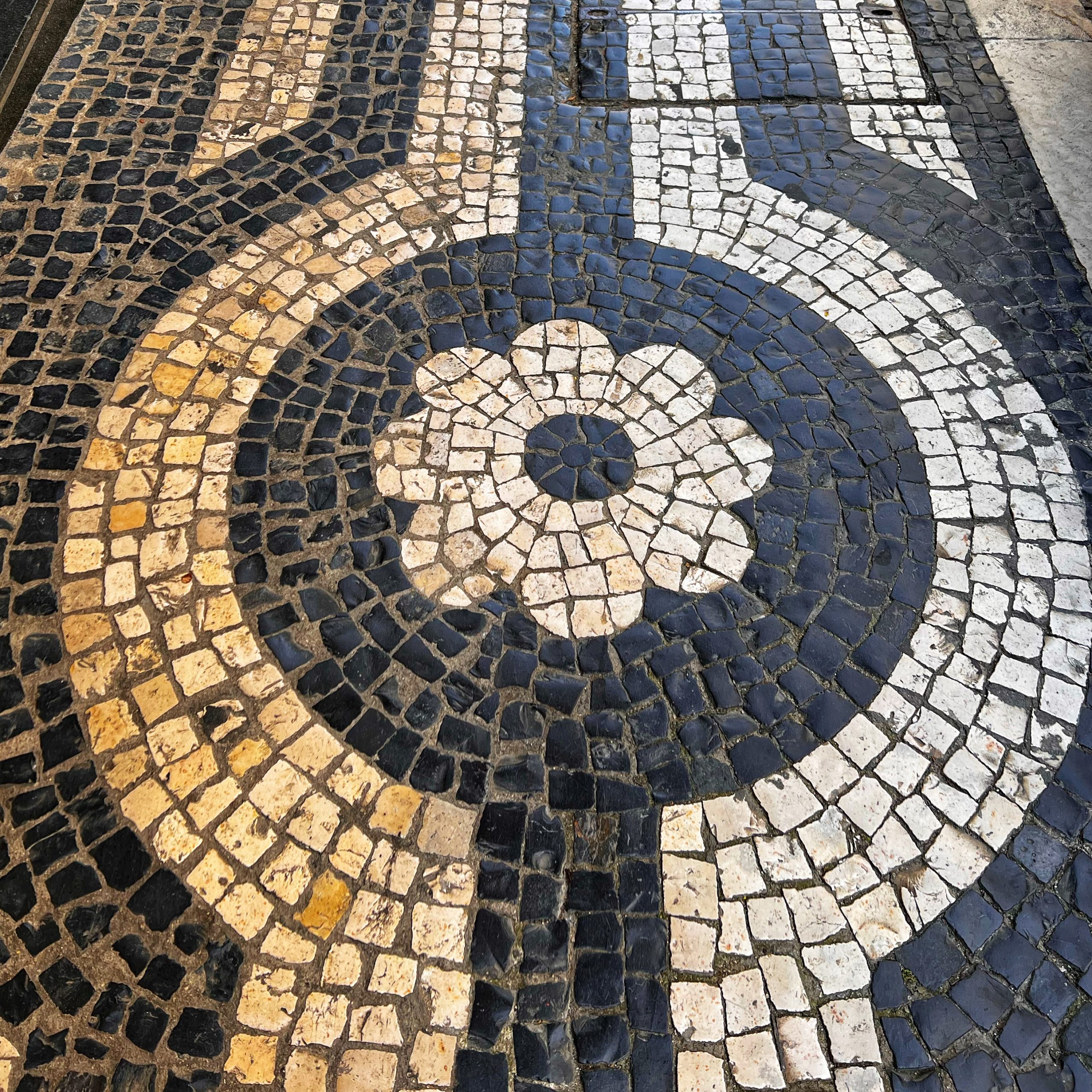
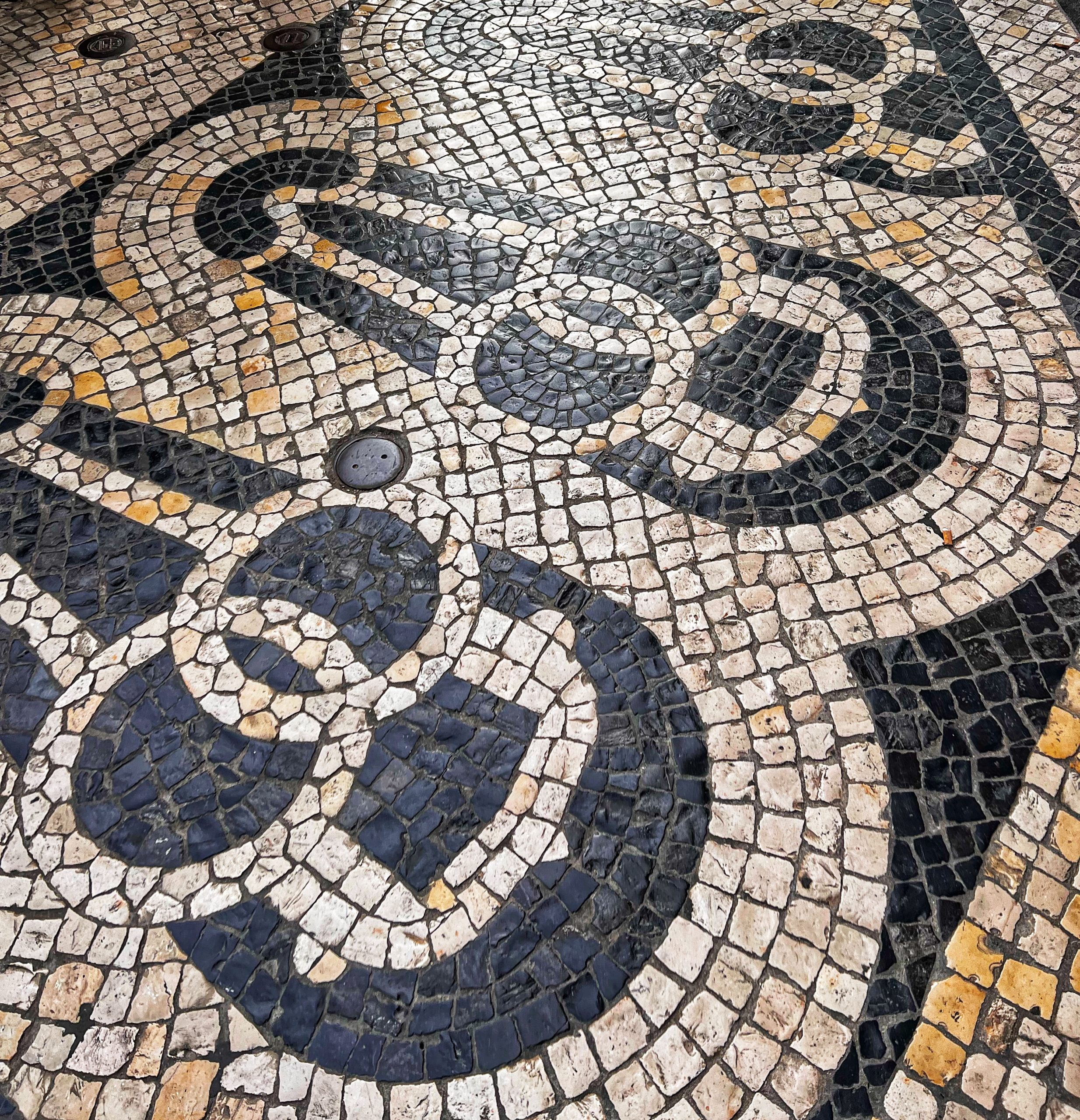
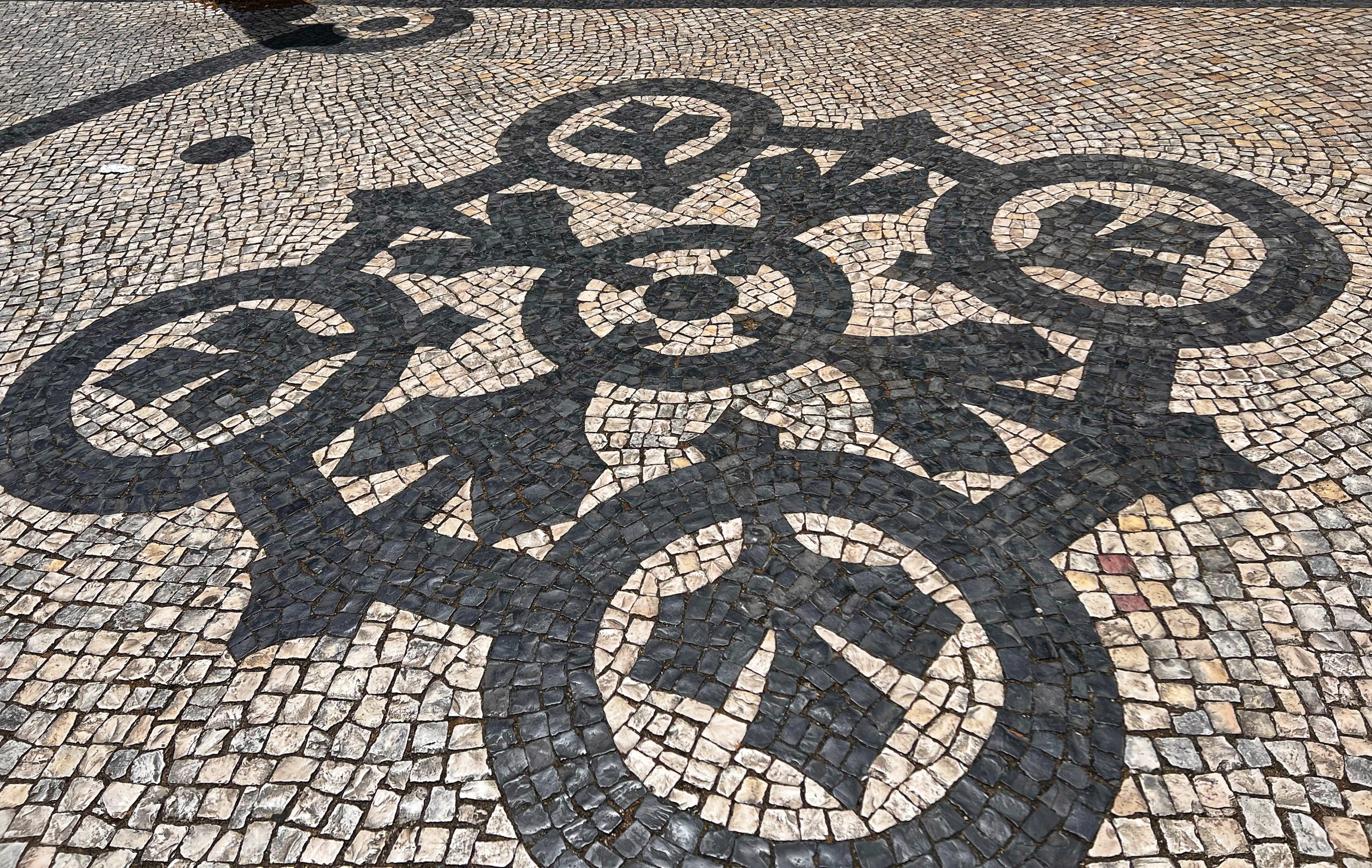
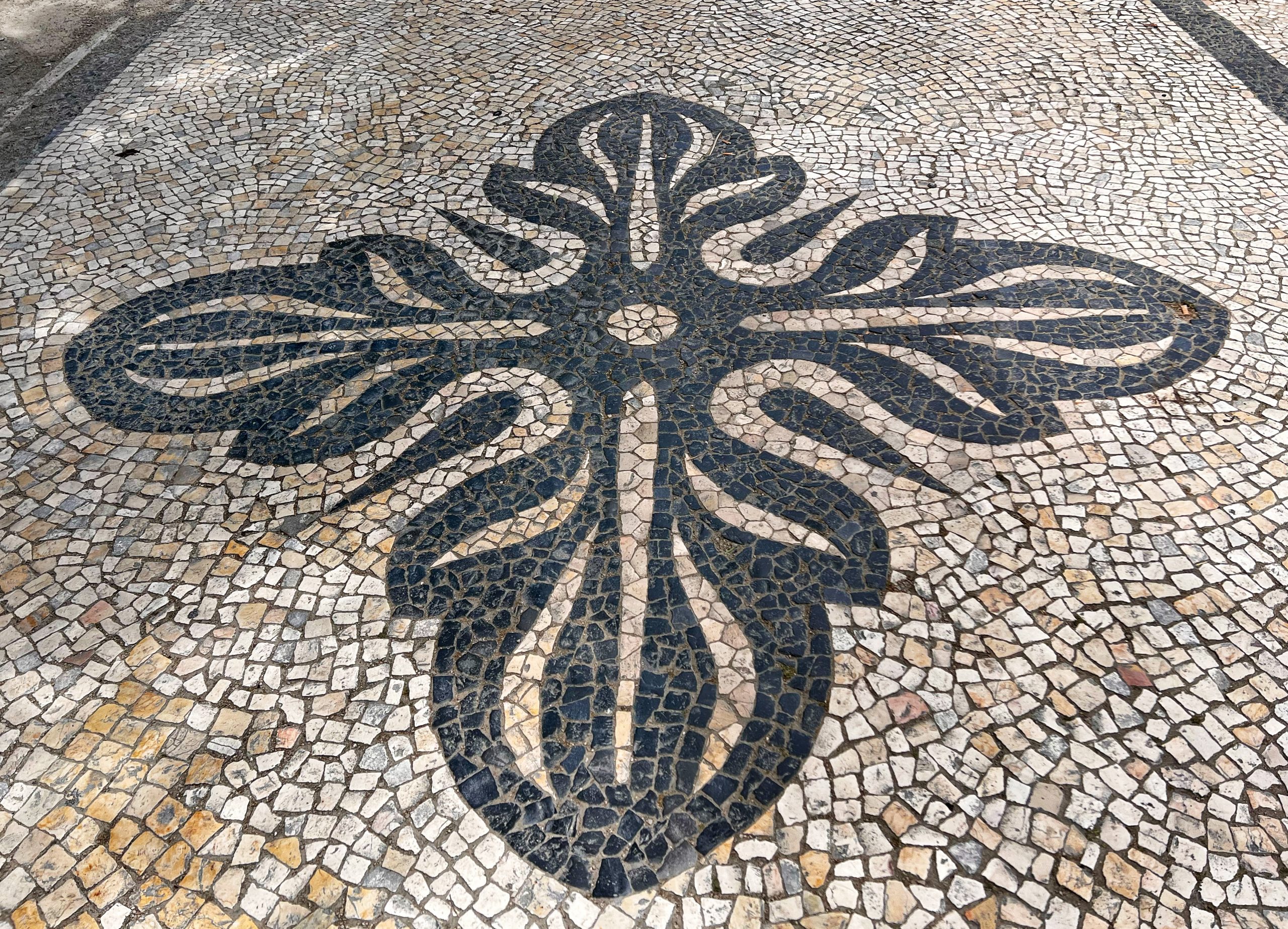
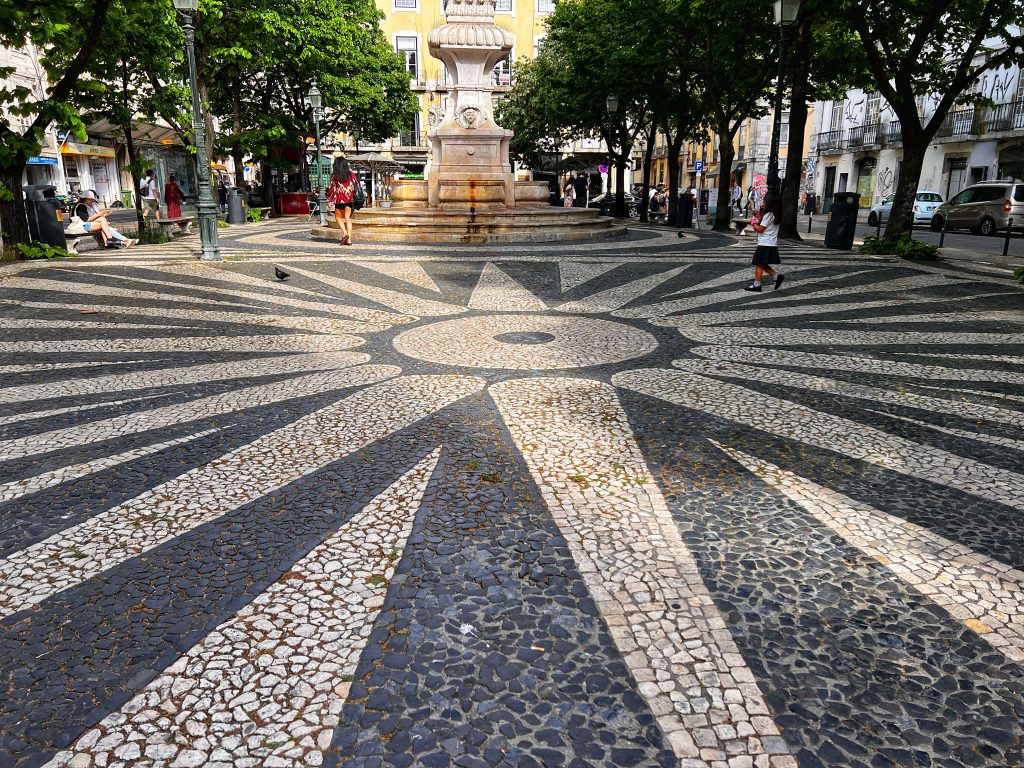
Next time, maybe we’ll visit Sevilla Spain to compare the tiles ourselves!


瓷砖在这里原来有那么久的历史。
看了这篇我也很喜欢里斯本,有特色,不只是瓷砖之都,更是艺术之都!
几百年以来那里的人们就生活在这么美丽的地方!看来生活富足啊!
Wow! Those tiled buildings are beautiful! Lisbon is definitely a city I would love to visit.